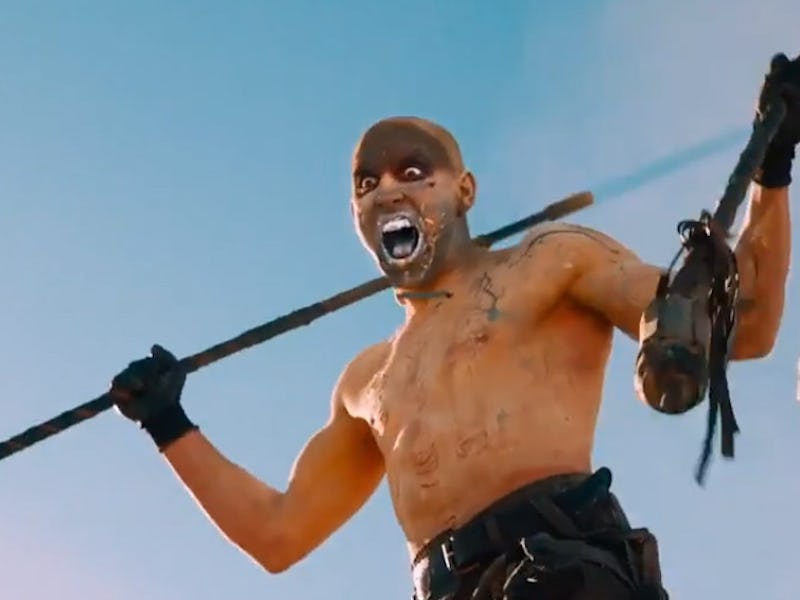The Real Apocalypse That Inspired the War Boys of 'Fury Road'
George Miller took the end of the world so seriously that he tried to replicate it.

At this point, more ink than blood has been spilled over Fury Road, with many critics going out of their way to hail George Miller’s apocalyptic vision for being both singular and almost impossibly detailed. Fortunately Miller is secure enough to be open about his use of pastiche and the movie’s references (Indigenous Australian culture, Scythian Warriors, Motocross). That said, it took a while to get to the bottom of what inspired the War Boys’ bizarre spray paint battle ritual. The idea, it turns out, is derived from a different group of war boys in a very different, very real apocalypse.
In an interview with Movies.com, Miller explained that the idea for the chrome-mouthed kamikazes came from footage of the Vietnam War:
“I saw a documentary where young [Cambodian] soldiers would go into war, they had little jaded deities — and before they ran into battle, they put them in their mouths and just held them with little straps.”
The specific documentary in question appears to be Front Line, which was nominated for Best Documentary at the 1982 Academy Awards. If you cut to 0:38 into the trailer, you’ll see something poking out of the Cambodian soldier’s mouth.
It’s fitting — if tragic — that Miller turned to Cambodia for inspiration. The army that emerged from that conflict, as Miller well knows, became Pol Pot's Khmer Rouge, a fight force determined to return its country to Year Zero, essentially ending then rebooting history in the pursuit of independence from Western countries, capitalist ideologies, and heavy industry. Though no one can be sure how many Cambodians ultimately died, the carnage was massive and absolute. And, yes, the cause turned into a quasi-religious, dehumanizing imperative for both the Khmer Rouge and its dissidents.
Miller’s choice of inspiration is further evidence for those arguing that what makes Mad Max: Fury Road so successful isn’t the fluidity of the filmmaking, but the unflinching vision of a world gone to shit. The movie was clearly made by someone who had contemplated the apocalypse as a reality rather than an aesthetic. To do that, Miller looked to the darkest corner of the 20th century.